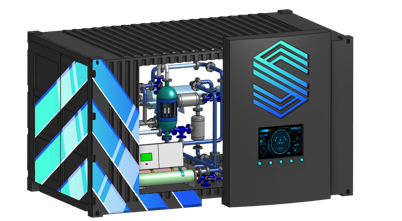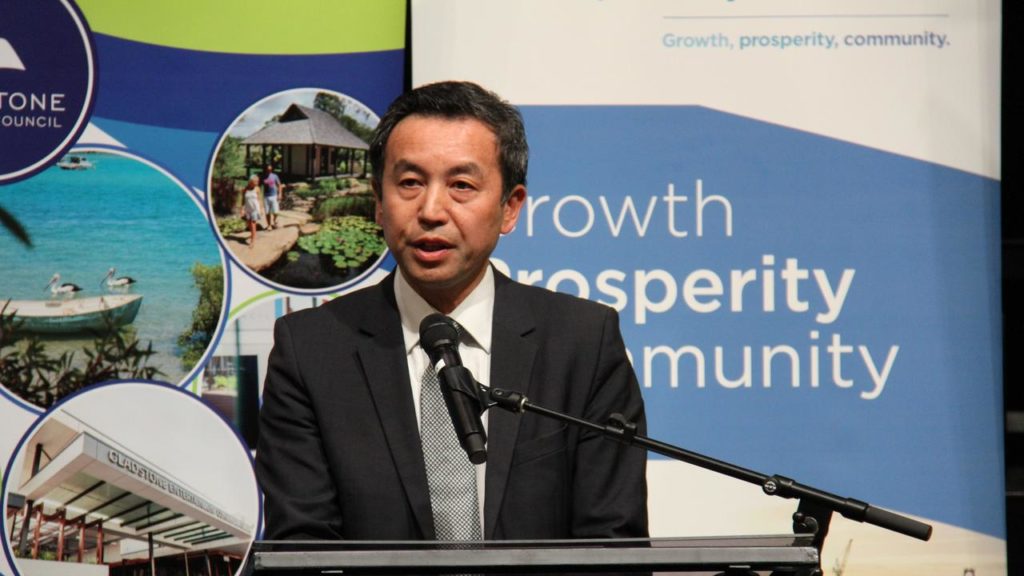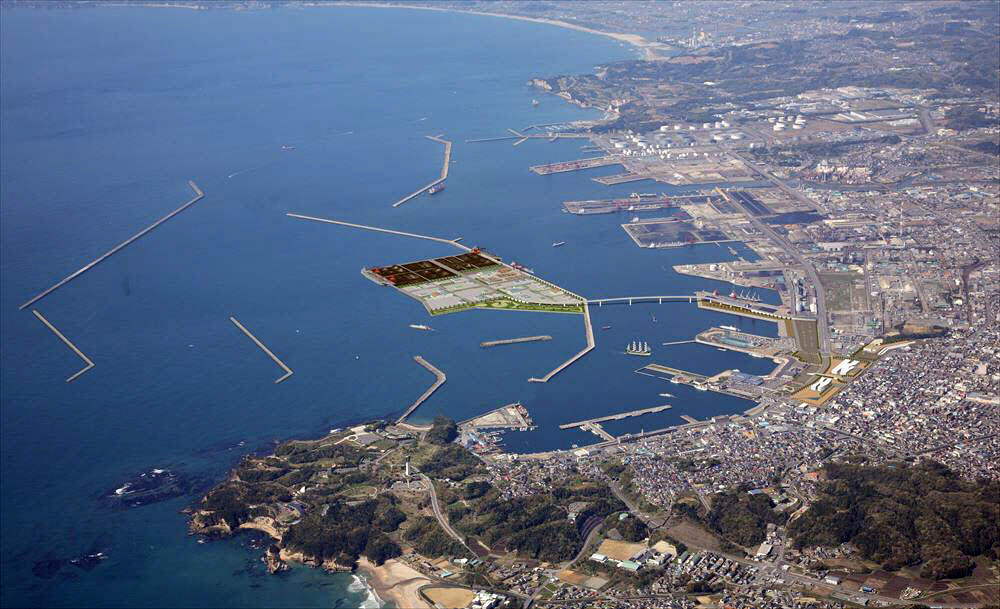The Ammonia Wrap: new funding and investment for ammonia energy rolls in, next steps for Uruguay, and Sumitomo to develop a hydrogen “ecosystem” in regional Australia
By Julian Atchison on April 15, 2021
Welcome to the Ammonia Wrap: a summary of all the latest announcements, news items and publications about ammonia energy.
New funding and investment dollars for ammonia energy
Starfire Energy

Thanks to a recent major funding round, Starfire Energy will advance the development of two of its technologies to commercial scale: the “Rapid Ramp” ammonia synthesis system and the “Prometheus Carbon-free Fire” cracking system. The hugely successful funding round was led by AP Ventures (who will collaborate with Starfire to help deploy these two systems on the ground in South Africa) and included New Energy Technologies, Chevron Technology Ventures, Osaka Gas USA, and Mitsubishi Heavy Industries.
GenCell
Following on from its formal partnership with TDK (initial investment last December and formal technology development partnership this February), GenCell has successfully raised US$14.3 million for development of its ammonia energy solution technologies (round led by the BNP Paribas Energy Transition Fund, contributions from TDK and others). For their part, TDK is looking to support as many as fifty early-stage organisations over the next three years and help drive the clean energy transition.
Syzygy Plasmonics

Start-up Syzygy Plasmonics has secured US$23 million (including a contribution from Equinor Ventures) to aid the development and commercialisation of its novel photocatalytic synthesis reactor. The light-powered reactors do not require fuel combustion to operate, are modular, scalable and have the potential to electrify a whole suite of chemical manufacturing processes, including ammonia synthesis. A video explanation of Syzygy’s photocatalyst technology can be found here.
Hazer Group
And an AU$4 million investment by AP Ventures in the Australia-based Hazer Group has been formalised. We’ll be joined by Hazer CEO Geoff Ward to explore his organisation’s novel, low-carbon methane pyrolysis process in the April episode of Ammonia Energy Live — register for the event on April 29 to find out more.
Marine engines from the “AmmoniaMot” consortium

MAN ES will lead a new consortium (with German government backing) to develop a medium-speed, ammonia-diesel, dual-fuel marine engine over the next three years. MAN ES has already set itself the deadline to deliver two-stroke, ammonia-fueled marine engines by 2024. In a podcast earlier this week, Head of Research & Development in MAN’s Two-Stroke Division Brian Østergaard Sørensen took listeners through some updates and current challenges with ammonia engine development: including confirmation that single-cylinder testing of MAN’s retrofitted, ammonia-fueled test engine is scheduled to begin next year.
Uruguay’s national hydrogen strategy takes another step

Uruguay’s national hydrogen strategy (first seen in a Wrap from March this year) now has added detail, with a pilot scheme to kick off this year. The initial focus will be the use of clean hydrogen to decarbonise heavy road transport, but the scheme will be extended to fertiliser and green ammonia production — should the right project be offered. More details on the official announcement webpage (Spanish language), and you can download an English version of the announcement here.
Onahama Port to investigate hydrogen & ammonia imports
The Japanese port of Onahama will investigate the conversion of its existing coal import infrastructure to receive liquefied hydrogen and ammonia imports, as well as decarbonising port logistics via the use of hydrogen fuel cells. The move would also facilitate ammonia-coal co-firing at three nearby coal power plants, with the draft proposal containing plans for a 40,000m³ ammonia storage tank to provide a guaranteed supply of fuel.
Sumitomo to develop Gladstone’s hydrogen “ecosystem”
And Sumitomo has signed an agreement with Gladstone Regional Council and others to develop a hydrogen “ecosystem” in the Australian regional city. Gladstone — up to this point a traditional hub for coal and gas — has one of the highest clean hydrogen production potentials in Australia, and has already attracted the interest of:
- Hydrogen Utility, who intend to have a green ammonia export plant up and running there by 2025,
- Iwatani and Stanwell Corporation, who are collaborating on plans for a green hydrogen export facility at Gladstone Port, and
- JGC Corporation, who are already working with Sumitomo on a solar-to-hydrogen plant for Gladstone. JGC have form in this space, having already demonstrated carbon-free ammonia production at its pilot plant in Koriyama, Japan.

Sign up for weekly AEA updates
Make sure you’re signed up for AEA email updates, including our weekly newsletter featuring wrap articles just like this one.
